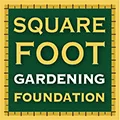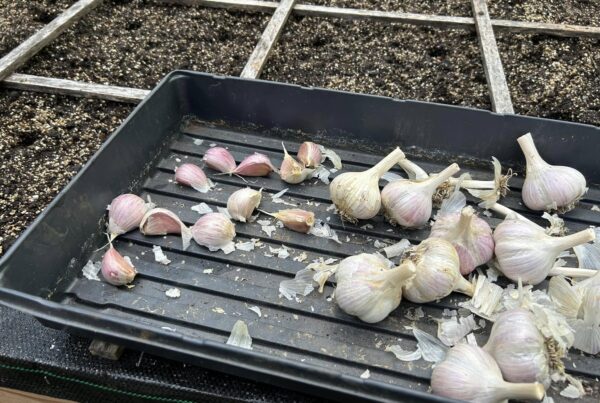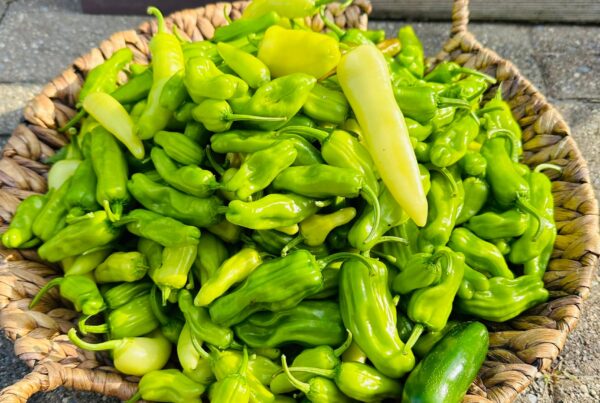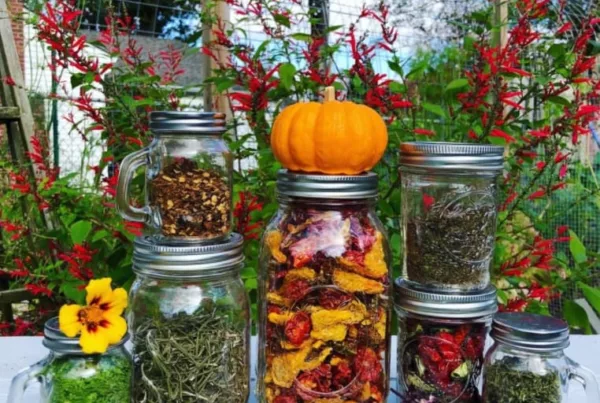Written by Kristina Hicks-Hamblin
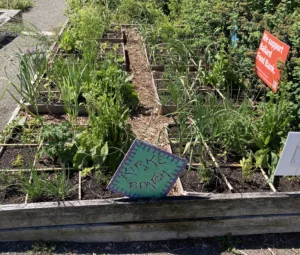 What if the answer to solving food insecurity was within our individual reach? We certainly think that’s the case here at the Square Foot Gardening Foundation!
What if the answer to solving food insecurity was within our individual reach? We certainly think that’s the case here at the Square Foot Gardening Foundation!
The SFG Method is an adaptable, organic approach, making it the perfect way to get food on the table – no matter who you are.
Created by Mel Bartholomew, this gardening Method is especially easy to adapt to different environmental situations and limited gardening skills, making it a benefit even in communities that lack access to land, gardening knowledge and financial resources.
In fact, with a bit of resourcefulness, this food growing solution can be used in nearly any environment and any ability to garden!
Ready to learn more about how Square Foot Gardening helps solve food insecurity? Read on!
A Flexible Growing Medium
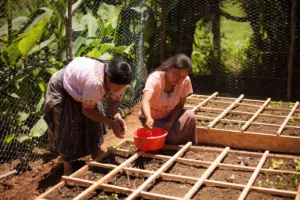
Gardeners water their raised bed gardens in Guatemala.
While Mel’s Mix is used as a growing medium instead of soil in the SFG Method, Mel Bartholomew wanted gardeners to know that straight compost could be used instead.
Growing in straight compost makes this food growing technique more accessible to more people.
For instance, in Guatemala, gardeners working on a SFG project lead by Cultiva International used compost from the local forest to fill their raised beds.
Other gardeners can take inspiration from this resiliency by creating a low budget growing medium made from their own homemade compost, or compost sourced from a local waste management program.
Mix and Match Materials
While new lumber is often used to create raised beds, this material is by no means the only option.
Many alternative materials can be used to form the four sides of a raised bed, including repurposed wood boards, logs, concrete blocks, straw bales, and more!
In fact, one Certified Instructor (CI) in Nigeria by the name of Bosede Olanrewaju, used plastic bags to create the sides of his raised beds.
And when it comes to those hallmarks of the SFG Method, the grids, there are plenty of low-budget, creative options as well.
Instead of wood slats, locally harvested bamboo or sticks can be used. Another inexpensive possibility is to fasten strings across beds to form grids, though this may need to be replaced as string breaks down in the elements.
Whether out of economic necessity or old-fashioned thriftiness, repurposing materials can help preserve forests as well as keeping perfectly usable resources out of landfills.
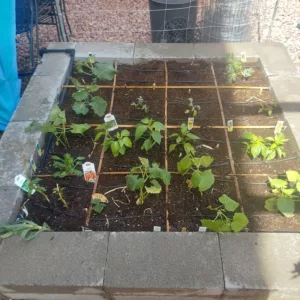
Concrete blocks form the sides of this raised bed.
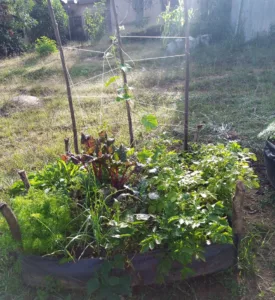
Plastic bags were used to make this SFG bed.
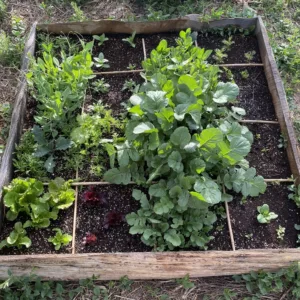
Repurposed wood boards make this raised bed. Photo by Kristina Hicks-Hamblin.
An Adjustable, Small Footprint
The SFG Method reduces the amount of land needed to cultivate food compared to traditional row gardening, making it the better option for those who want or need to grow fresh produce in small spaces.
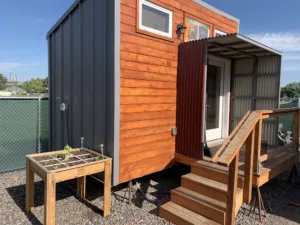
A 3-by-3-foot, elevated raised bed at Globeville Village Community.
And while a four-by-four-foot raised bed is the gold standard in the SFG Method, beds of other sizes can be used to accommodate whatever space is available.
This small, adjustable footprint makes the SFG Method adaptable to would-be gardeners without farms or even large yards.
Proving you don’t need a farm to grow your own food, at Denver’s Globeville Village Community, CI Gina Chilton led a project to set up five elevated SFG beds within a tiny home community for individuals experiencing homelessness – helping residents meet the need for food as well as shelter.
Outstanding Accessibility
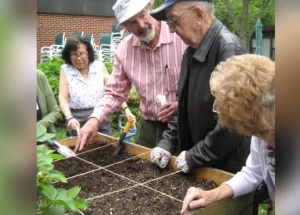
Mel Bartholomew demonstrates the SFG Method to seniors.
Speaking of elevated raised beds, these can increase accessibility for those with restricted mobility.
While Mel designed the four-by-four-foot bed to be accessible to the reach of most adults, elevating those beds makes sowing to harvesting even easier.
With this option, gardeners who could bend or squat easily in their younger days can dig their fingers into the soil once again!
A Method Designed to Be Shared
As we’ve seen the SFG Method is clearly very adaptable. But perhaps even more significantly, it’s also fun to learn and a joy to teach!
At the Anchor Center for Blind Children, for instance, elevated SFG raised beds offer kids a way to explore the world of horticulture.
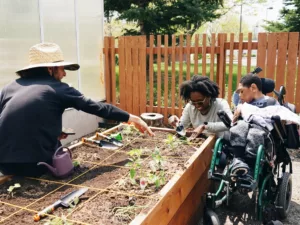
New gardeners at the Anchor Center learn the SFG Method.
And while kids at the Anchor Center are enjoying the hands on approach of the SFG Method, they of course aren’t the only children benefiting from Mel’s legacy.
School programs that incorporate the SFG Method allow students to get real world practice with math and science skills (STEM projects galore), on top of learning how to grow healthy, fresh food. Kids then take these skills home, sharing them with their families.
Adults as well as children find Square Foot Gardening to be a message worth sharing – instructors certified by the Foundation (also known as CIs) teach locally, doing their part to create food security in their own communities.
Be Part of Solving Food Insecurity!
Along with compelling examples of healthy, local food cultivation, what else do the projects at Cultiva International, the Globeville Village Community, and the Anchor Center for Blind Children all have in common?
They all received grants or material donations from the SFG Foundation, a non-profit whose mission is to simplify organic gardening while nourishing and empowering communities worldwide.
While book royalties and course sales help to support day-to-day operations, the Foundation relies on generous donations to fuel its humanitarian mission, funding school and community garden programs.
Mel Bartholomew’s vision to make the world a better place by solving food insecurity continues today. You can help this ongoing mission by donating – help us plant hope and harvest change!
For more information on grants and donations, please contact us info@squarefootgardening.org
